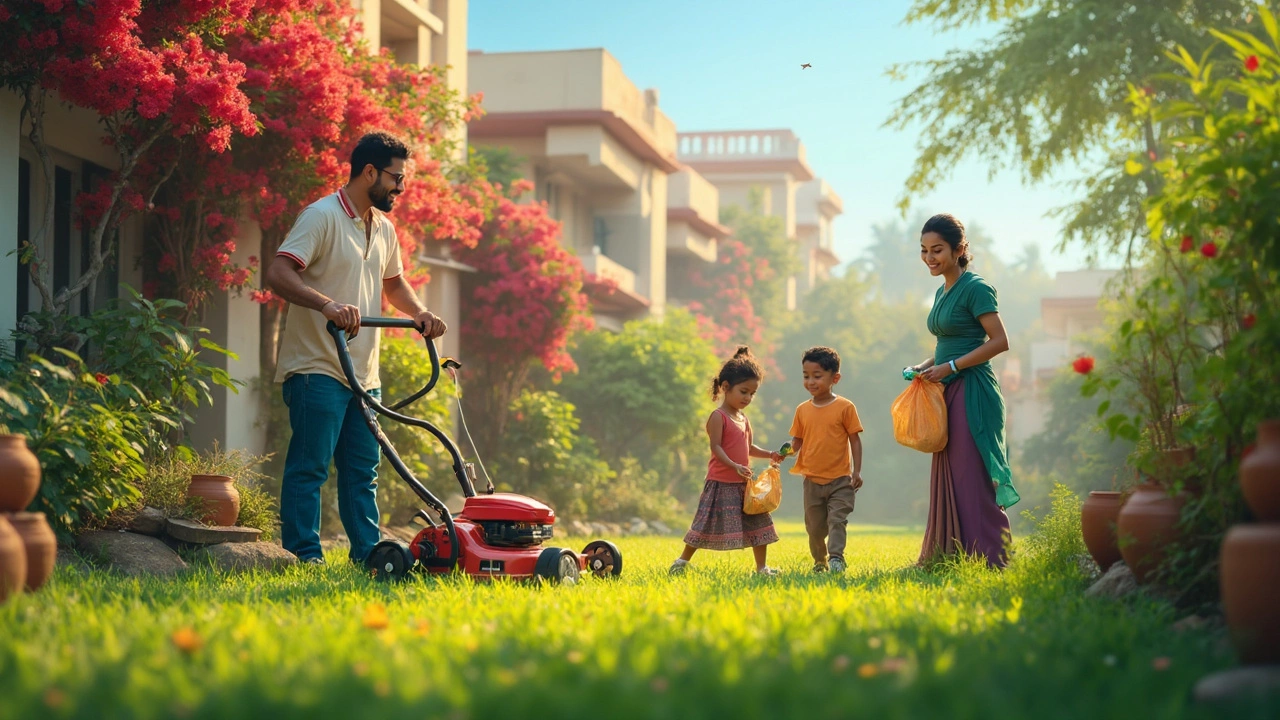Gardening Ideas, Tips & DIY Projects
When you think about gardening, the practice of growing and caring for plants in outdoor or indoor spaces. Also known as horticulture, it blends art, science, and a love for nature. Patio, a hard‑scaped outdoor floor that extends your living area into the garden. Also called terrace, it creates a platform for furniture, fire pits, or a simple place to enjoy a sunrise. Soil, the living medium that supports root growth, water retention, and nutrient exchange. Sometimes referred to as garden substrate, its texture and composition dictate which plants will thrive. Finally, Outdoor lighting, fixtures and bulbs that illuminate pathways, beds, and gathering spots after dark. Also known as garden lighting, it adds safety, mood, and a sense of depth to any garden space.
Building a Garden Space That Works
Great gardening starts with planning. Decide whether your goal is a low‑maintenance lawn, a vegetable patch, or a relaxing oasis. Once you have a vision, test the soil for pH and drainage – a simple kit will tell you if you need lime, compost, or sand. Good soil prep reduces the need for fertilizers later, which saves money and protects the environment. If you have a patio, consider how it will interact with planting beds. Position it so you can step straight from a bench into a flower border; this creates a natural flow and lets you enjoy sights and scents without leaving your seat.
Lighting is another piece of the puzzle. LED string lights draped over a pergola or low‑voltage path lights along a stepping stone route can turn a garden into an evening retreat. Choose fixtures with warm colour temperatures (2700‑3000 K) for a cozy feel, or go cooler (4000‑5000 K) if you need bright task lighting for late‑night pruning. Remember that power sources should be safely routed; many homeowners use solar‑powered lamps to avoid trenching.
Pest control ties everything together. Common garden pests, like aphids or slugs, can ruin a carefully tended bed. Simple barriers – copper tape for slugs, neem oil sprays for insects, or even a layer of crushed eggshells – keep damage low without harsh chemicals. If you’re setting up a patio, keep furniture covered when not in use; this prevents insects from nesting and reduces the likelihood of chiggers escaping onto your floorboards.
Finally, think about seasonality. Rotate crops in vegetable gardens, plant perennials that bloom at different times, and swap out annual flowers for fresh colour each spring. A well‑planned garden offers something new every month, keeping you motivated to maintain it. Below you’ll find a range of articles that dive deeper into each of these steps – from soil testing guides and patio‑building tricks to lighting design tips and natural pest‑repellent recipes. Use them as a toolbox to turn your garden ideas into a real, usable space.
